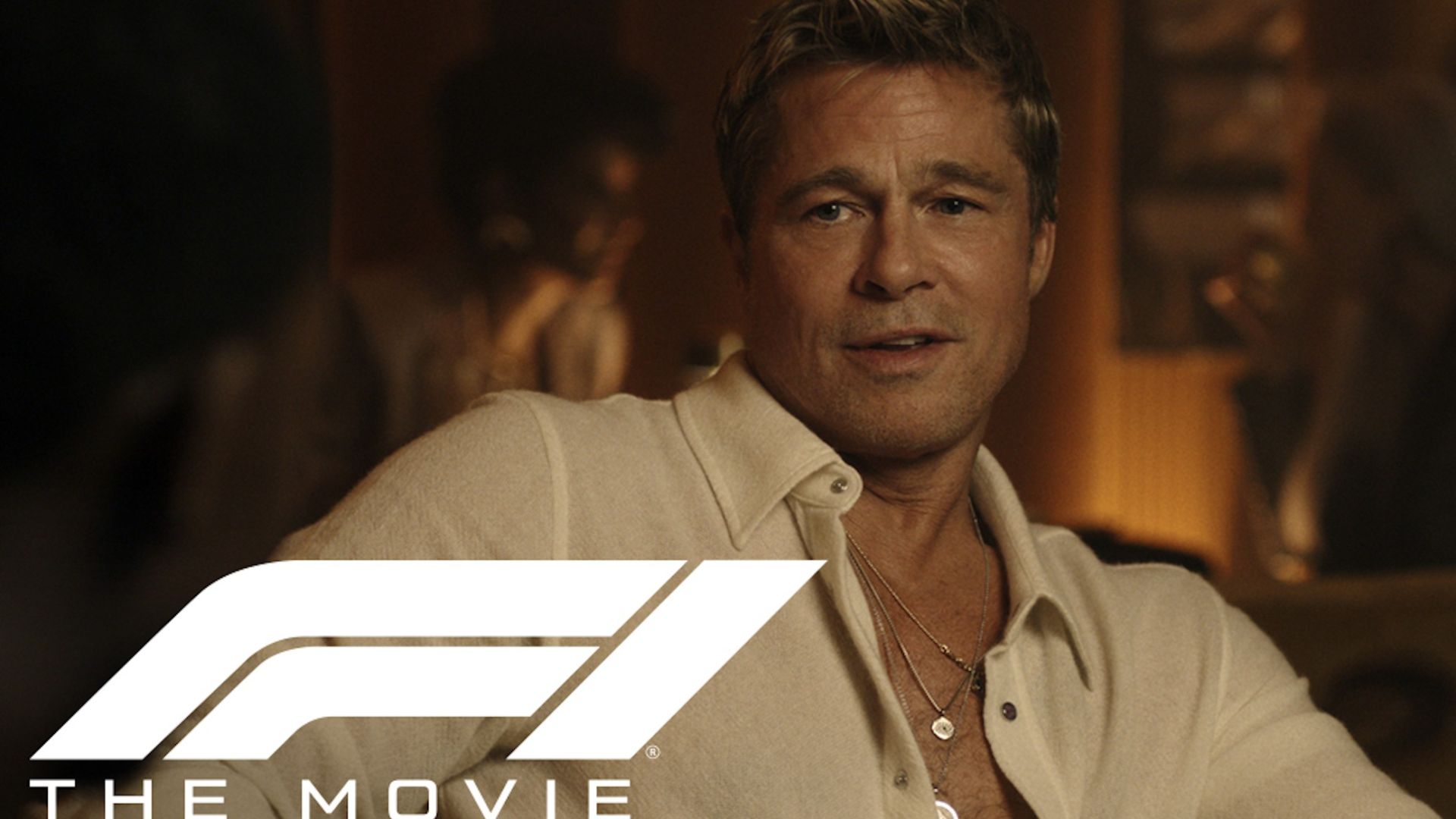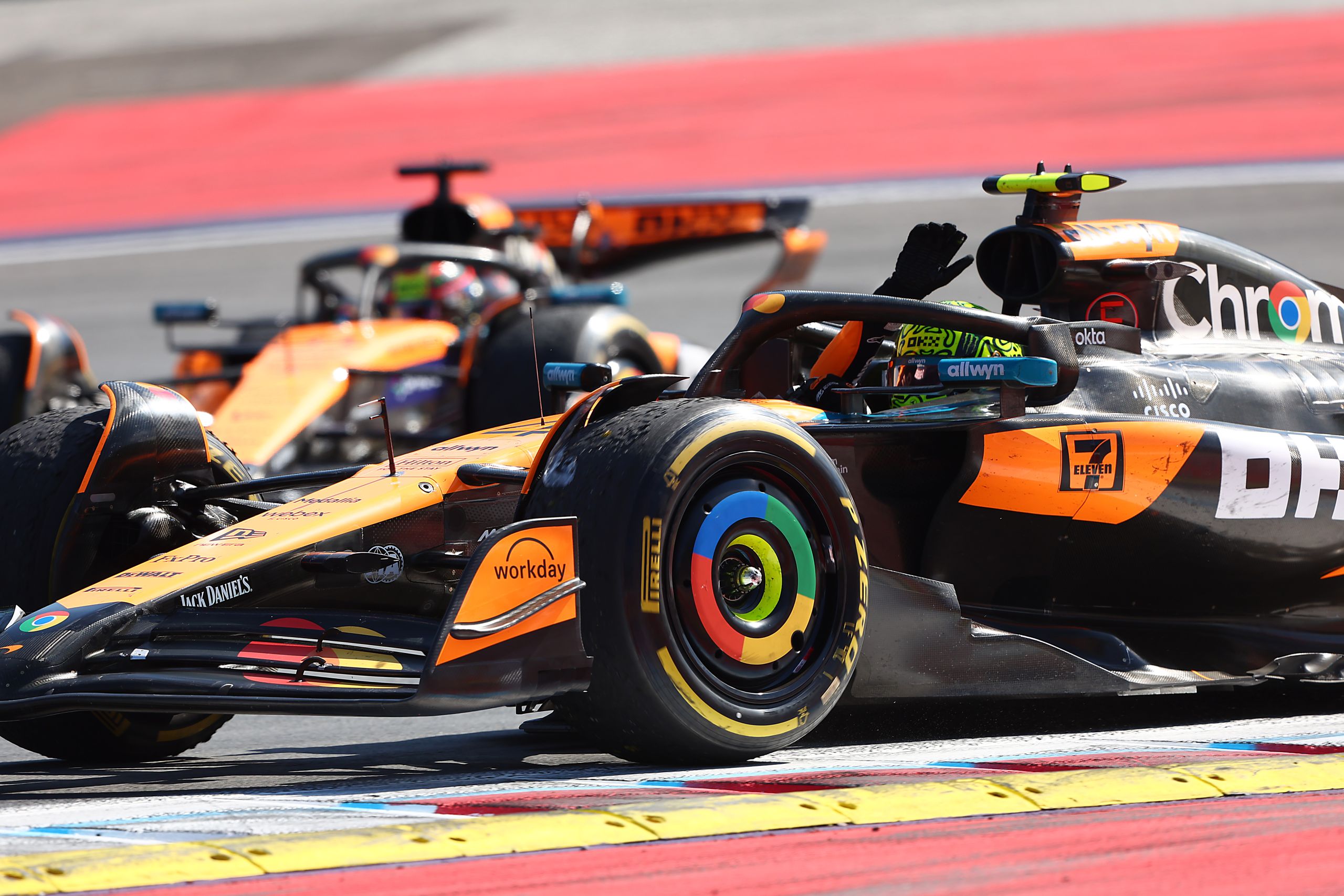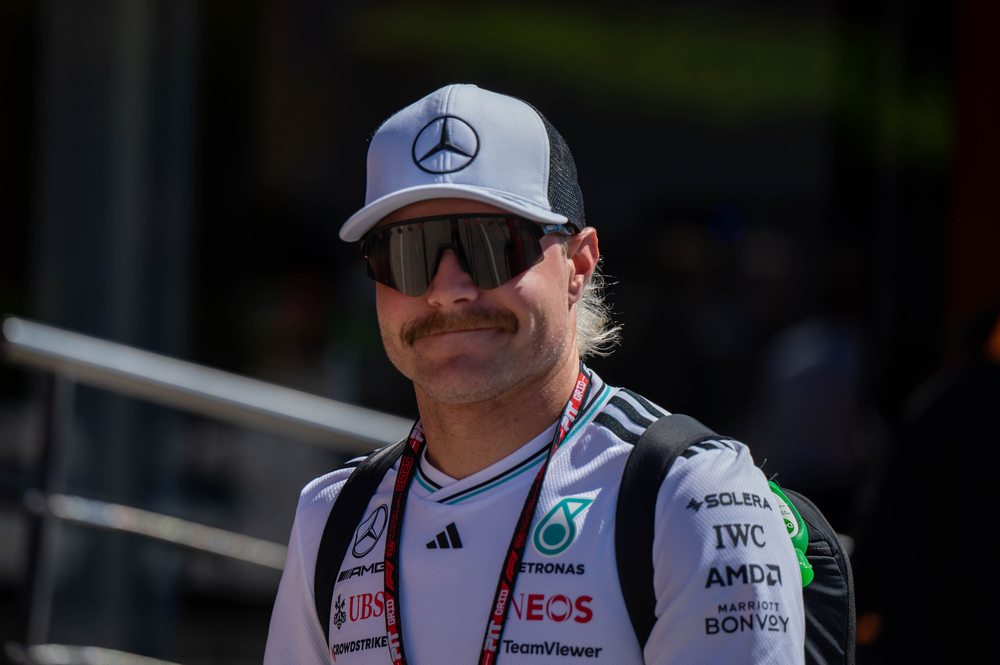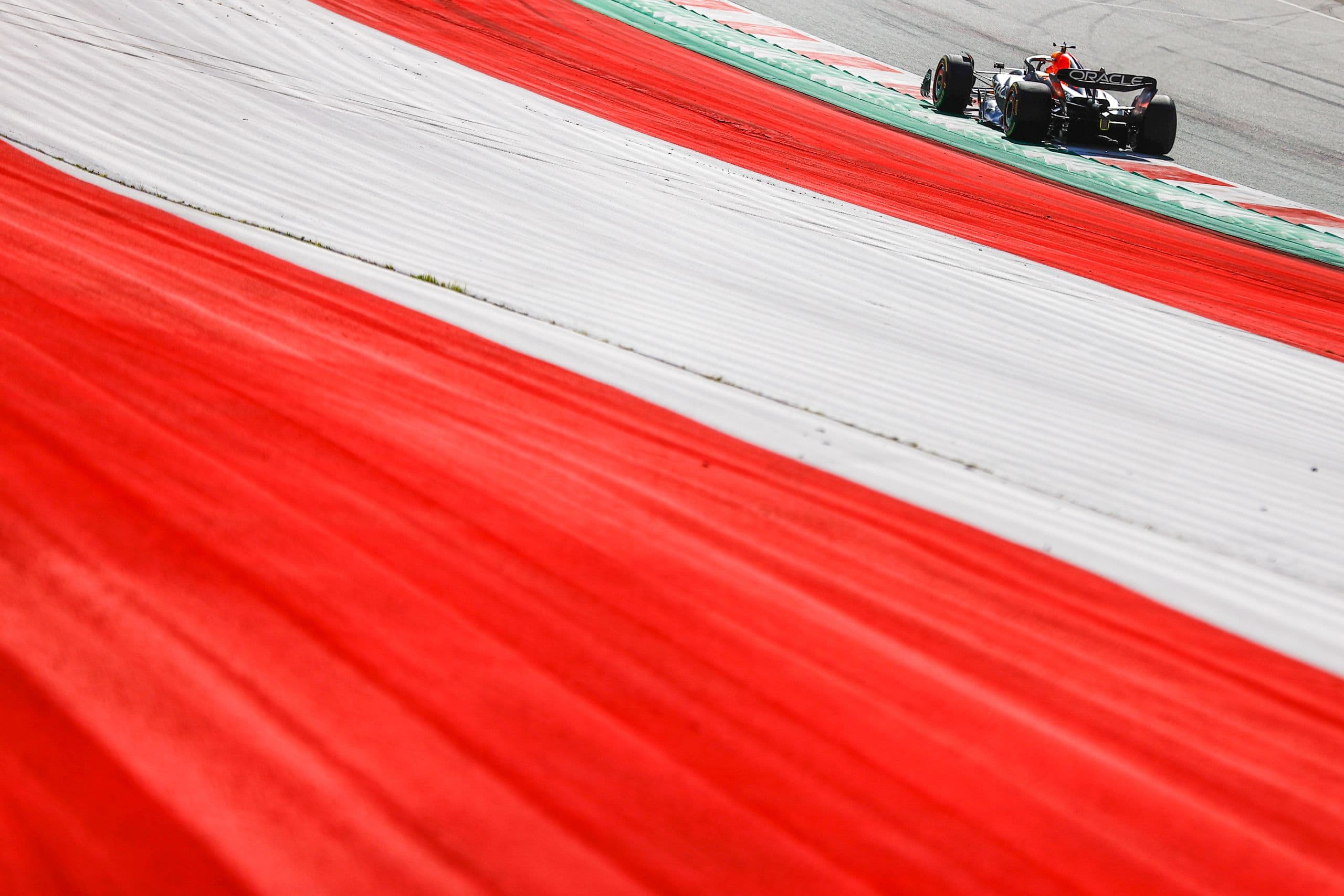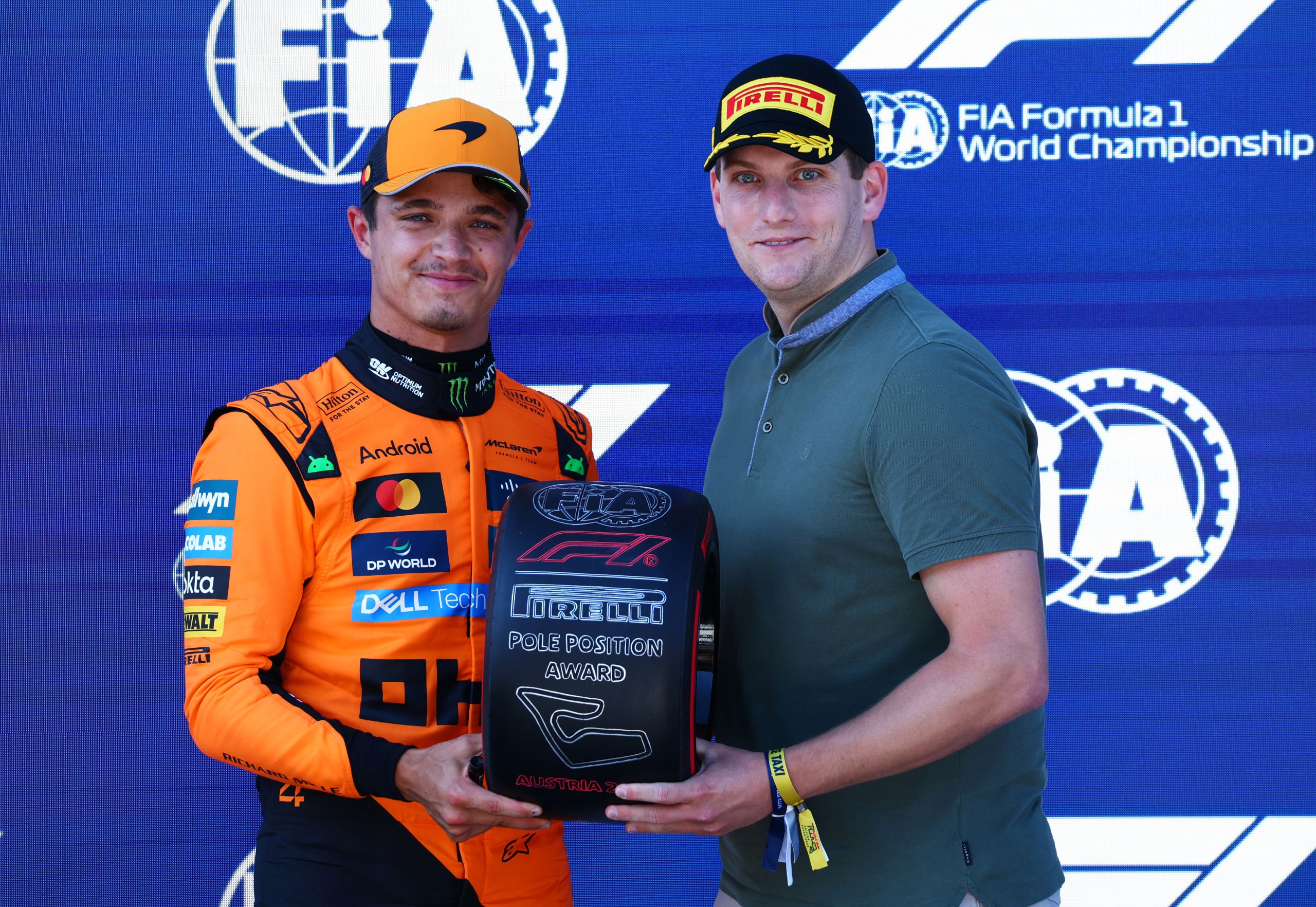Why F1’s #Driveitout Campaign Hasn’t Gone Down Well

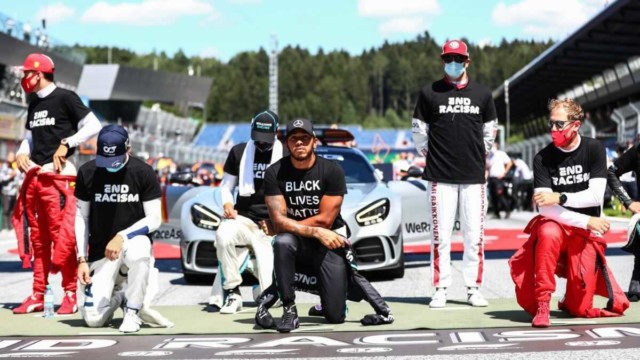
Formula 1’s newest endeavour to solve one of its greatest problems hasn’t been received well by fans – because it doesn’t do what it needs to.
If you want to fix a problem, you have to do three things first. You have to highlight what the problem specifically is, and then you have to identify why it occurs, and then you have to put specific steps into place to fix this problem. It is Formula 1’s failure to do any of these steps that have meant its new #DriveItOut campaign has failed spectacularly.
F1 has just launched the #DriveItOut campaign against ‘abuse of all kinds’, beginning as a coordinated video launch of F1 figures condemning abuse, and asking fans to call it out. The accompanying statement highlights how ‘abuse is not welcome online, or anywhere in F1’, and seems to condemn both social media abuse and reports of harassment faced by fans at recent races. If the aim of the campaign was to unite a community, it has only succeeded in exacerbating unrest and division.
Whilst social media abuse as an overall term is obviously key to address, the entire message presented by F1 seems completely out-of-touch with the issues facing fans and certain drivers. The video released to launch the campaign seems to specifically discuss online abuse, and calls for social media teams to do more, but these aren’t the issues fans have been discussing.
Headlines in just the last few races alone have highlighted vast amounts of misogynistic and homophobic harrassment faced by fans that visited the Austrian Grand Prix recently, at the hands of other visitors. At the same race, controversy arose around fans cheering Lewis Hamilton’s crash in qualifying.
At the Hungaroring, videos of fans in Verstappen merchandise burning Hamilton merchandise have gained significant traction, which given the levels of racism Hamilton has faced from parts of Verstappen’s fanbase in particular, display a worrying level of hatred that must be interpreted through this lens. Therefore, the last few races alone display a clear need for our sport’s authorities to tackle specific racist, homophobic and sexist discrimination at racetracks, rather than their more general approach to ‘abuse’. Authorities have pledged to explore this already, but a focused effort is evidently required.
However, even if F1 did not intend this campaign to be a response to on-track incidents and instead desired to tackle specific online issues, it has spectacularly failed when it comes to this, too. The campaign appears geared towards a blanket condemnation rather than any specific strategies, which do nothing to address the issues at hand. This is where the issue of what ‘abuse’ means becomes particularly pertinent. Is F1 attempting to tackle a toxic social media culture which accelerates bullying and abusive comments, or does it wish to specifically ‘drive out’ discrimination and harassment of those from marginalised communities? Both are admirable, respectable and necessary objectives, but they are also totally separate and need to be treated that way.
Furthermore, when it comes to Formula 1 right now, it could be argued that the latter is more immediately needed. Whilst some figures in F1 have spoken about the existence of a toxic culture overall in online spaces for our sport, we need to ask ourselves whether these are actually reflective of specific problems like racism and sexism. What seems like toxicity between two fanbases might be, upon inspection, better defined when you recognise the immense prejudices expressed by some fans.
As a result, a more detailed definition of ‘abuse’ would go a long way. Organisers seem to be trying to lump the above objectives together, but in doing so, they muddy their message and appear far less effective.The message released in the #DriveItOut campaign launch constantly condemns ‘abuse’, but without highlighting what, when and where it means, any efforts towards change are meaningless.
The whole affair seems a sinister reflection of the controversy following F1’s engagement in the social media boycott led by British athletes in 2021, where famous athletes protested the inaction of social media platforms against racist abuse by refusing to use the sites for a weekend. Whilst many F1 drivers engaged in this campaign, it was very clouded with either a reluctance or ignorance from many that the campaign was about racist abuse specifically, rather than social media abuse more generally. A pattern seems to be emerging.
Another key issue highlighted by fans is the way that F1 wants to tackle this issue. F1’s Twitter thread launching this campaign notably featured a tutorial on how to report a Tweet. This looked like an embarrassing admission that they had no new strategies to implement regarding ‘abuse’, and was frankly insulting to fans who face constant bigoted abuse and get minimal respite from the systems put in place by social media corporations.
Whilst F1 did also recognise the inconsistencies in results from this function, and called on apps to do more to police abuse, this simply helped give the impression that F1 wanted everyone but themselves to do the work to fix the sport. Whether it was fans calling out others, social media users reporting posts or apps improving their algorithms, the proposed solutions build a picture that has one huge, gaping hole in it: what they are going to do.
At the start of 2022, newly-elected FIA President Ben Sulayem promised that F1 would move towards ‘action’ rather than gestures in the fight for positive change, which came with an end of the opportunity for drivers to take the knee before a race. This was met with some scepticism at the time, but recent events have allowed F1 to demonstrate what appeared to be a slow shift of approach, most notably with them eventually banning Nelson Piquet from the paddock entirely after racist comments the ex-F1 driver had made against Sir Lewis Hamilton emerged. Unless more measures and clarification are swiftly announced by the FIA, this campaign has seriously damaged any impression of progress.
Nyasha of the QuickStopF1 podcast highlights this problem: “Whilst F1 seems to have its heart in the right place with these campaigns, what we saw today was simply a repackaged WeRaceAsOne video and the complete lack of self-awareness that they must have as to how that will be received – and its effectiveness – is astounding.
Until visible action is seen at race tracks, online and from the teams themselves then all of their reactions seem like empty promises and platitudes and fans are, understandably, tired of that.”
The truth is that the values that generate discriminatory abuse are Formula 1’s. Whilst they might oppose the discrimination and harassment that occurs, a culture of racism, sexism and other types of prejudice have existed in motorsport since before the Internet, let alone social media. The dominance of Formula 1 by wealthy, white men has allowed this culture to fester for decades. In the modern era of motorsport, this means that those who espouse these values feel comfortable, whilst those affected are marginalised and pushed out. F1 is defined today by a constant hesitance to try to solve these issues, and is thus faced with the problem of trying to drive out a culture that since its inception it has both accepted and encapsulated. We know this because we see a lack of representation in our sport constantly: This is what makes their failure to identity discriminatory abuse specifically sinister: it removes the need to tackle internal institutional and structural discrimination. For example, is the sport willing to draw parallels between the online abuse it describes, and recently-reported example of an Aston Martin employee facing horrific racist and homophobic abuse?
Formula 1 has, since 2020, desperately worn a veneer of progressivism. It has launched countless campaigns to drive change, and that is coming in some areas. Instances like this, though, reflect how far the sport has left to go. It desperately needs a more understanding attitude that includes self-reflection and consultation with those affected by issues such as racism and sexism. Until then, a culture of division and prejudice will fester. If we are not careful, that could be fatal for the sport.
Amelia Taylor is the author of “formulaAMELIA” details at formulaamelia.com
Copyright ©2021 formulaAMELIA
[Note: The opinions expressed on this website are those of the author’s and do not necessarily reflect the opinions of the editors and/or publishers.]

